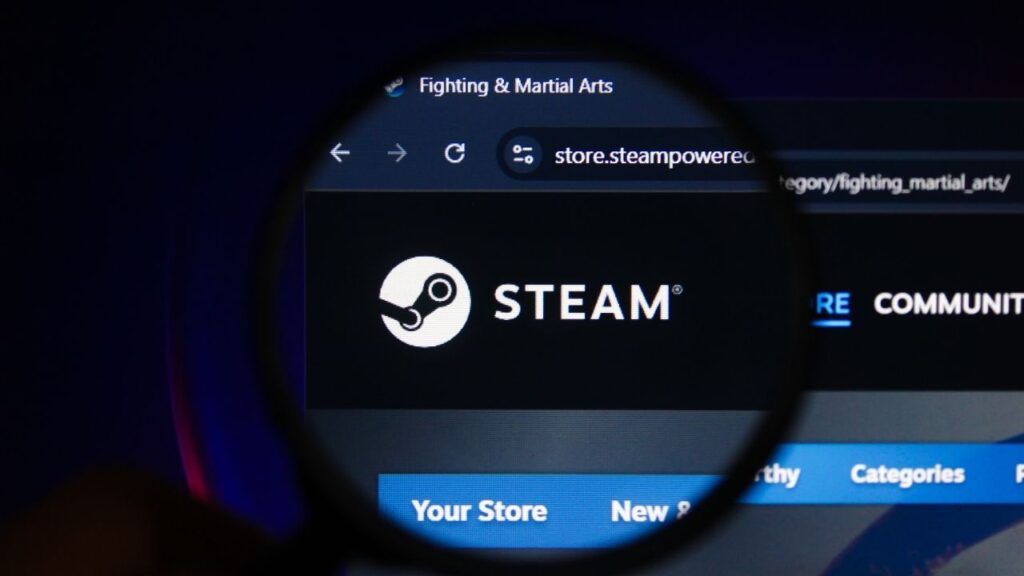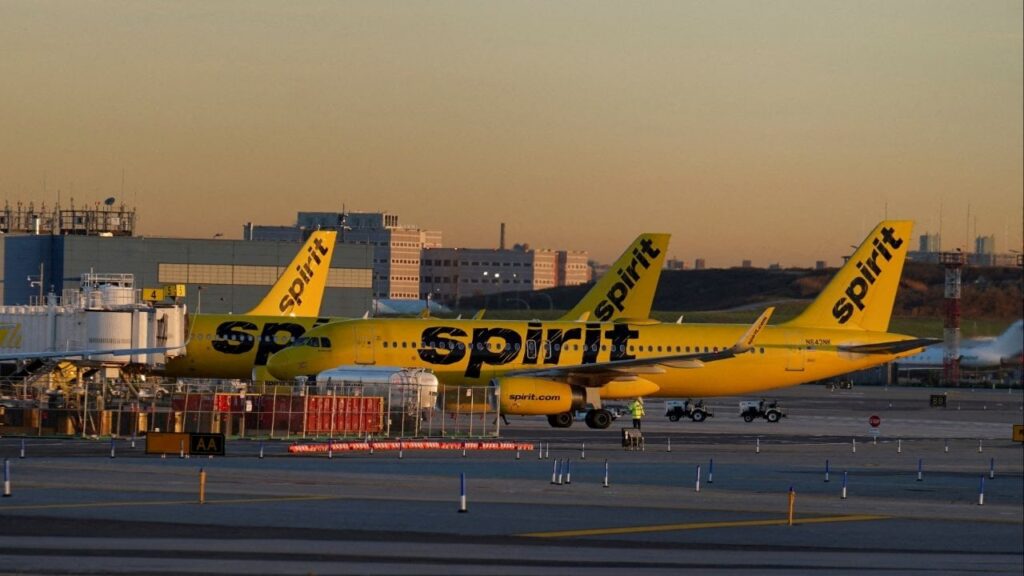Share
Some solar customers in California will have a harder time getting their new systems installed and existing systems maintained as the solar industry sheds jobs due to recent metering decisions by the California Public Utilities Commission.
The California Solar & Storage Association estimates that 22% of the state’s solar industry jobs have already been lost — with an estimated 3,167 jobs gone in the Central Valley — as businesses either go bankrupt or pull up stakes and leave the state.
They are leaving because fewer Californians have been ordering solar systems as a result of metering decisions last year and in November by the PUC that decreases the amount of money that utilities have to pay solar customers for the excess electricity generated by their rooftop panels. The Net Energy Metering 3.0 decision a year ago took effect for new residential solar installations starting in April. And, the Virtual Net Energy Metering 3.0 decision by the PUC in November will take effect in February, impacting new multimeter systems at schools, farms, and strip malls.
As a result, there are increasingly fewer companies and employees available to maintain systems that have already been installed and to complete the installation of new systems started by companies that go bankrupt or move operations outside of California.
Eroding Customer Confidence
Ara Agopian, CEO of Solar Insure, a Southern California-based firm that provides solar protection products, says that customer confidence will be eroded if they can’t get post-installation service, and could further deter new customers from going solar.
Agopian’s company, which also monitors the financial health of solar companies, has detected a significant shift in the creditworthiness of those companies, with 74% moving from low or moderate to high financial risk categories.
Carlos Beccar, the head of marketing for the Fresno-based Energy Concepts, said he’s hearing that some companies pulling up stakes are seeking other companies to step in as customer service subcontractors.
The job losses are due to the dramatic decline in sales that have resulted from the PUC’s decision to reduce how much utility companies are required to pay solar customers for excess electricity. In the case of single homes and apartments, the reimbursements dropped from retail to wholesale rates, and for some customers, the utilities will instead charge farms, schools, and small businesses to pay retail rates for electricity generated on their own solar systems.
“There’s going to be a lot of customers with solar installed that are, quote unquote, orphaned because the companies that installed it are no longer in business or they left the state,” Beccar said.
One of the most important services that solar companies provide is monitoring the amount of power that’s being produced and watching for sudden decreases that could impact how much power is available for customers to use and to resell, Beccar said. A system that’s underproducing — it could be because the panels have become disconnected or a squirrel has chewed on cabling — will cause customers to lose money unless the underproduction is attended to quickly, he said.
State Sen. Scott Wiener (D-San Francisco) has been one of the PUC’s loudest critics. In a Dec. 12 post on X, formerly Twitter, Wiener said that the commission needed to reverse its decision to slash solar economic incentives “ASAP.”
Increased renewable energy production, including via rooftop solar, is essential for our climate future.
Yet, the CA Public Utilities Commission took a wrecking ball to the residential solar industry by slashing economic incentives.
The CPUC needs to reverse this decision ASAP. pic.twitter.com/P7aAVZ9mbm
— Senator Scott Wiener (@Scott_Wiener) December 12, 2023
Incentives for Storage Purchases
The solar industry is still waiting for Gov. Gavin Newsom and the PUC to follow through on promises for energy storage incentives that could convince customers to go solar, said Bernadette Del Chiaro, executive director of the California Solar & Storage Association.
The PUC paired its December 2022 NEM 2.0 decision that reduced the amount that utilities pay customers with $900 million for an incentive program for customers who buy storage batteries with their new solar systems, Del Chiaro said.
But when the dust settled from the state budget talks, the $900 million had been pared down to $280 million, and only low-income customers can apply for that incentive, she said.
But the PUC has not yet created the rebate program, more than a year after pledging to provide financial incentives for customers to buy storage, Del Chiaro said.
And now with a huge state budget deficit looming for next year, it seems less and less likely that the governor will include the remaining $600 million for storage incentives for middle-income households, she said.
Fewer Customers, But More Opting for Storage
Beccar said that even without an incentive, a higher percentage of his customers are opting to include storage when installing new systems these days. Whereas in the past maybe one or two customers out of 10 would include storage batteries, these days the percentage is much higher.
However, the number of installations altogether has plummeted and shows no signs of turning around, he said, noting that Energy Concepts’ workforce has been halved this year because of the loss of business.
The customers who are buying battery storage without incentives tend to be more affluent, which creates a wider equity gap among Californians, Del Chiaro said.
RELATED TOPICS:
Categories



















